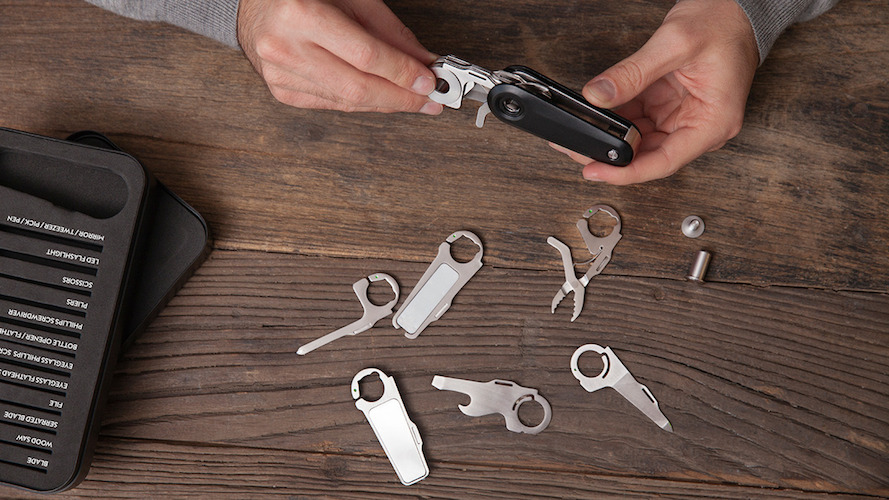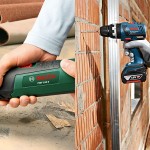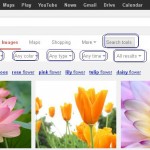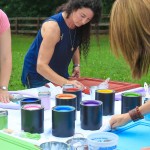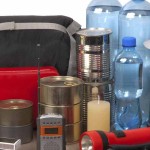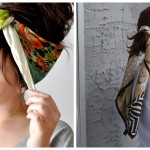
Pocket knife and Multi-tool Exhaustive Buying Guide
The pocket knife or multi-tool is very handy, especially outside camping. You can use it for many purposes, from carving, preparing fish, spread peanut butter…. It’s also the collectible knife par excellence. Here is a guide to show you the different types of pocketknives as well as tips on safety and how to maintain and care for them.
Folding Pocketknives:
Scouting made the all-purpose folding pocket knives popular. It is basically a multi-tool, and in addition to obviously being a knife, it also works as a screwdriver, can opener, and tweezers. All these tools are stacked in one little compact package. The main flaw the pocketknife has is that the blade has trouble locking into place, rising the risk of it folding while using the knife.
The best known pocketknife is the Swiss Army knife. It is appreciated for the quality of the blade and the other tools, its light weight, and the comfortable grip.
Lockbacks:
A lockback consists of a simple single blade that folds and locks in place. So basically you get all the perks of solid fixed knife with the added benefit of being pocket-size thanks to its folding feature and small size.
A great lockback would be the SOG AutoClip for example. Simple and elegant, it has a 3.5 inch stainless steel blade with a straight edge, and the handle is made of nylon. It’s also extremely lightweight, only 3 ounces. There’s an even tinier version, the AutoClip Mini, with a 2.68” blade and weighing 1.7 ounces.
Fixed Blades:
This is the standard type of knives, therefore its purpose is pretty straightforward, it simply cuts, efficiently so. Recommended fixed blades would be something around 4 inches long, so that the knife would be long enough to cut up things easily while being small enough so as not to make it heavier than necessary. Large sheath knives are quite peculiar to carry around too.
A good and safe sturdy fixed-blade knife would be the Morakniv Classic Scout 39 Safe. It is highly valued for its safety thanks to its rounded tip, finger protection, and secure black leather sheath. It is Birchwood-handled and weighs 2.4 ounces.
Other Types:
Other types have some flashy features that differentiate it from a regular pocket knife. Such knives are specialized like the river rescue knife with its serrated blade, useful for cutting a rope, the whittling knife, handy in carving wood. Another type yet is the multi-tool that typically consist of a pair of folding pliers containing compact, tool boxes.
An example of an efficient multi-tool is the BSA Supply Four-Inch Multi-Tool. It features a LED flashlight as well 2 knife blades, some screwdrivers, a saw and pliers. This 10-ounce little baby has a cool cozy rubberized handle.
Useful Tips:
Blades: The great majority of blades are made of stainless steel. It’s a reliable material as it is strong and long-lasting. Blades could either be in a straight-edge, serrated (like a saw) or both. The Spyderco Clipitool Serrated Blade for example, has a stainless steel folder covering a couple of 2-inch blades, one with a straight-edge, the other serrated. Keep in mind that size is not necessarily synonymous with better blade. A smaller one, say 4-inch or even less can have just as much efficiency. Small blades are also most notably safer as they are easier to manipulate.
Price & Quality: Knives are pretty affordable and the least expensive do the job no problem; but as you’d expect, the higher the price the more probable you’ll get a higher blade quality and a bigger size.
Care & Maintenance: Obviously, you would want your knife to be sharp. You’ll need then to sharpen your blade every once in a while, when you feel it’s losing its potency, by running the edge of the blade across a sharpening tool. You’ll have to clean the tool after each use. It’s also recommended to lubricate the hinges with a light oil such as WD-40.
Carrying Tips: It’s best to keep your pocket knife safely stashed somewhere in your backpack as it is somewhat of a risk you’re taking if you keep a fixed-blade knife on your knife for example. Accidents happen when you fall and land on the blade. If not, make sure the blade is properly and securely inside a sheath.

